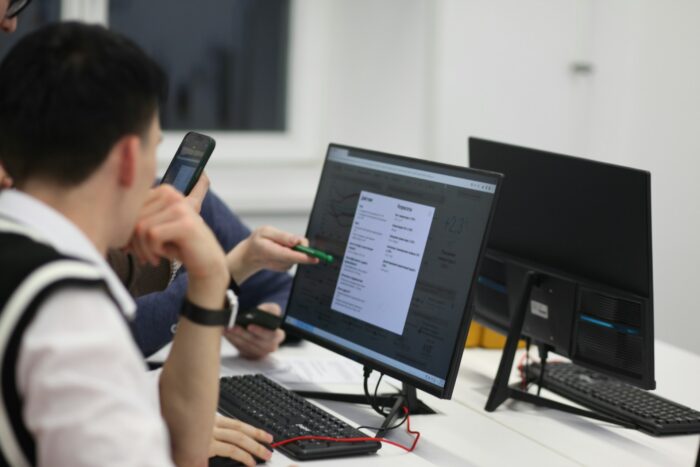The Register’s Simon Sharwood discusses whether the use of technology truly improves student achievement.

Photo by Anastassia Anufrieva on Unsplash.
Following the release of the Programme for International Student Assessment (PISA) scores in 2012, the Organisation for Economic Co-operation and Development (OECD) discovered that an increase in the use of technology bears no correlation to improved test scores. In fact, the OECD determined that teaching of literacy and numeracy skills results in more student success than supplying computers. Hence, introduction of technology must be coupled with corresponding teacher training. As well, schools also need a plan detailing how they will effectively integrate computerized educational tools into the current curriculum.
Interestingly, in addition to finding that more technology does not lead to greater test scores, OECD released a report stating that student achievement lies primarily in socioeconomic status (SES). The report also states that schools should focus on improving equity in education before integrating high-tech educational tools in classrooms. This means understanding teacher’s biases towards students of lower SES and how such biases affect student performance. Additionally, schools haven’t yet figured out how to effectively integrate computers and electronics into the classroom. Part of the reason for this is that teachers haven’t had the necessary training to create classrooms where technology is effectively implemented. Teacher training institutions need to better prepare teachers for developing pedagogues centered around technology.
The results of the OECD report should not be discouraging. Rather, the report illustrates how the impact of socioeconomic status cannot be overlooked where technology is concerned. SES should always be a variable to consider when analyzing the effectiveness of computers and electronics in the classroom. SES is one of the most important indicators of how successful a child will be in school, and SES also indicates the access to resources student will have, including technology. Further, it shouldn’t be surprising that low SES combined with ineffective teacher training in the area of technological educational tools doesn’t correlate to students performing better with digital tools. Instead, in order for electronics in the classroom to be most effective, equity in education and improved teacher education should be our top priorities.
Categorised in: Uncategorized
This post was written by Madeleine De Welles
